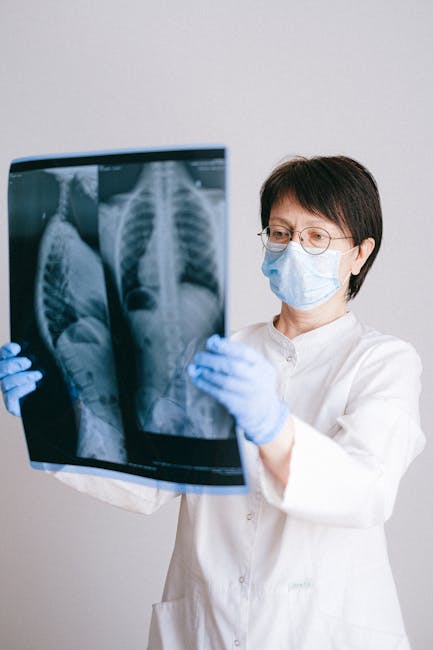
How to Keep Your Pet Safe From Poisonous Household Items
How to Keep Your Pet Safe From Poisonous Household Items
As pet owners, our homes should be sanctuaries of comfort and safety for our furry companions. However, many common household items can pose serious risks to pets if ingested or exposed. From cleaning products to certain foods, the dangers are often hidden in plain sight. By taking proactive measures, you can create a pet-friendly environment that minimizes these hazards and ensures your beloved animal stays healthy and happy.
Identify Common Household Toxins
The first step in protecting your pet is recognizing which items in your home could be harmful. Some of the most dangerous substances include:
- Human foods like chocolate, grapes, onions, and xylitol (found in sugar-free gum and candy).
- Cleaning supplies such as bleach, detergents, and disinfectants.
- Medications, including over-the-counter pain relievers (e.g., ibuprofen) and prescription drugs.
- Plants like lilies (toxic to cats), sago palms, and azaleas.
- Pesticides and rodenticides, which can be lethal even in small amounts.
Secure Hazardous Items
Once you’ve identified potential toxins, store them safely out of your pet’s reach. Consider these precautions:
- Use childproof latches on cabinets containing chemicals or medications.
- Keep food securely sealed and avoid leaving toxic snacks on countertops.
- Dispose of trash properly, as curious pets might rummage through discarded wrappers or spoiled food.
- Choose pet-safe alternatives for cleaning products and garden care.
Recognize Symptoms of Poisoning
Even with precautions, accidents can happen. Early detection of poisoning can save your pet’s life. Watch for these warning signs:
- Vomiting or diarrhea
- Excessive drooling
- Lethargy or weakness
- Seizures or tremors
- Difficulty breathing
If you suspect poisoning, contact your veterinarian or an emergency pet poison hotline immediately. Quick action is crucial.
Educate Your Household
Ensure everyone in your home—including children and visitors—understands which items are off-limits to pets. A simple conversation can prevent accidental exposure. Additionally, keep a list of emergency contacts, such as your vet and the nearest 24-hour animal hospital, in an easily accessible place.
Conclusion
Pets rely on us to keep them safe from hidden dangers. By staying informed, securing hazardous items, and acting swiftly in emergencies, you can create a home where your pet thrives without unnecessary risks. A little vigilance goes a long way in ensuring their well-being and longevity.
Remember: when in doubt, always err on the side of caution—your pet’s health is worth it.







